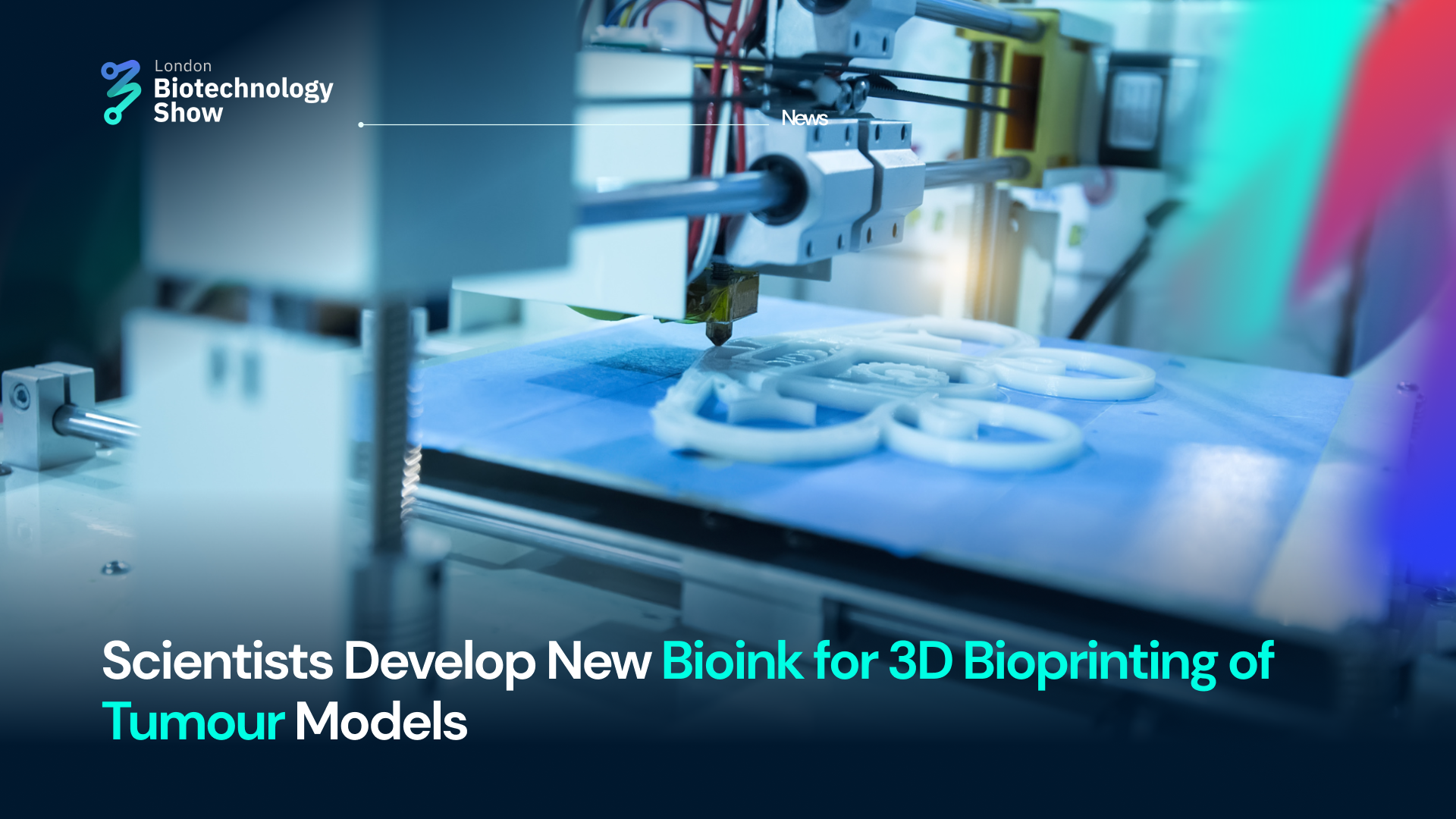August 7, 2023: Scientists from the Terasaki Institute for Biomedical Innovation (TIBI) have developed a new bioink that can be used to create more accurate 3D tumour models. The bioink, which is made with a combination of gelatin methacryloyl (GelMA) and Laponite, has improved bonding and cross-linking capabilities, which allows for the creation of more structurally stable and biofunctional tumour models.
In addition, the Laponite nanoparticles in the bioink enhance the biological signalling that occurs in the tumour microenvironment. This is important because it allows for the creation of tumour models that more accurately reflect the complex interactions between tumour cells, immune cells, and other cell types in the tumour microenvironment.
The scientists tested their new bioink by creating 3D bioprinted multicellular tumour models of pancreatic cancer. The models were made with human pancreatic cancer cells and fibroblasts, which play an important role in pancreatic tumour progression. The results showed that the cells in the bioprinted models had good viability and that the Laponite nanoparticles promoted the formation of co-aggregations of the two cell types.
In an official press release, on their website, Ali Khademhosseini, Ph.D., TIBI's Director and CEO stated, “ Our study of the effects of Laponite on 3D printed tumour models has shown that not only does Laponite improve the mechanical characteristics of the model, but it can also selectively influence the biological signalling that are a part of tumour progression. This gives us the versatility to re-create more accurate tumour models of different types so that targets for effective therapeutic drugs can be identified."
The scientists also studied the effects of Laponite on the gene expression of various biomarkers that are promoters or indicators of tumour progression in pancreatic cancer. They found that increased Laponite concentrations upregulated the production of tumour cell growth factors, as well as remodelling and cell differentiation genes, by 10-20-fold. The effect of Laponite on gene expression was even more pronounced on the fibroblasts, with overall upregulation of their gene pools, especially for genes related to growth factors, which were increased up to 60-fold.
The scientists believe that their new bioink could be used to create more accurate 3D tumour models for a variety of cancer types. This could lead to the development of more effective cancer treatments.


